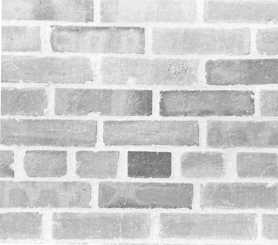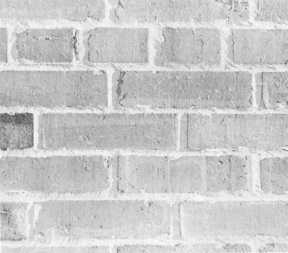direction of the light changes as the sun moves across
the sky. The shape and direction of shadows are altered,
and the different directions of sunlight greatly affect the
appearance of each scene.
The quality of sunlight depends on its strength and
direction. Strong, direct sunlight is “hard” —it produces
dark, well-defined shadows and brilliant highlights, with
strong modeling of form. Sunlight is hardest on clear
summer days at noon. Strong sunlight makes strong
colors more brilliant, but weak colors pale. Sunlight is
diffused by haze, mist and pollution in the air. This
diffused or reflected light is softer; it produces weak soft
shadows and dull highlights. Directionless, diffused
sunlight is often called flat lighting. It produces fine
detail but subdues or flattens form. In weak directionless
sunlight, colors are muted — but strong, directionless,
flat sunlight provides vibrant, well-saturated colors.
Frontlighting
The old adage about keeping the sun at your back is
a good place to continue our discussion of outdoor
lighting. The type of lighting created when the sun is in
back of the photographer is called frontlighting. This
over-the-shoulder lighting was probably the first
photographic advice you ever received. It may seem to
be a universal recipe for good photography, but it is not.
The case against over-the-shoulder lighting is that it
produces a flattened effect, doing nothing to bring out
the detail or to provide an impression of depth. The eyes
see in three dimensions and will compensate for
unhelpful lighting. However, a photograph is two-
dimensional. To give an impression of f-, depth and
texture to the subject, you should ideally have the light
come from the side or at an angle (fig. 11-11)
Sidelighting
As you gain experience with various types of
outdoor lighting, you will discover that interesting
effects can be achieved by changing the angle of the
light falling on your subject. As you turn your subject,
change camera viewpoint or wait for the sun to move,
the light falls more on one side, and more shadows are
cast on the opposite side of the subject. For pictures
where rendering texture is important, sidelighting is
ideal.
Look at a brick wall, first in direct front sunlight
and then in sidelighting. Direct front sunlight will show
the pattern of the bricks and mortar in a flat, uninformative
way, but sidelighting will create shadows in every little
PHC Ronald W. Bayles
302.89
Figure 11-11.—Frontlighting.
PHC Ronald W. Bayles
302.89
Figure 11-12.—Sidelighting.
crevice (fig. 11-12). The effect increases as the light is
more parallel with the wall until long shadows fall from
the smallest irregularity in the brickwork. This can give
an almost three-dimensional effect to a photograph.
Sidelighting is particularly important with black-
and-white photography which relies on gray tones, rather
than color, to record the subject. Shadows caused by
sidelighting reveal details that can create striking
pictures from ordinary objects that otherwise, hardly
would be worth photographing in black and white.
Anything that has a noticeable texture —like the ripples
of sand on a beach, for example — gains impact
11-12




